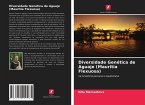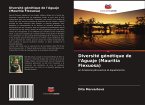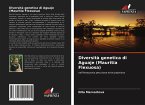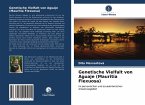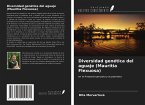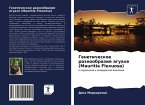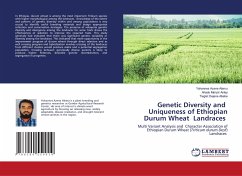Mauritia flexuosa (aguaje) is a dioecious indigenous species from the family Arecaceae, important for local people and also for the Amazon rainforest as a whole. However, an unsustainable way of fruit collecting leads to the loss of diversity at all levels. The main objective of this research was to assess the intra-population and inter-population genetic diversity of M. flexuosa in the Peruvian and Ecuadorian Amazon by SSR markers. The sampled populations were characterized by high values of genetic diversity and very low levels of inbreeding. They did not reflect the existence of any clear stratification, which can be explained by long-term human activity in the Amazon and its contribution to the higher genetic diversity of M. flexuosa. Also, the gene flow could be affected by rivers. Any interference in the culmination of the rivers could irreversibly break long-lasting linkages and could easily result in an immediate decline in genetic diversity.The study was conducted under the supervision of doc.Ing. Bohdan Lojka, PhD and Ing. Marie Kalousová (Fac. of Tropical AgriSciences-CULS), Universidad Nacional de Ucayali-UNU, Instituto de Investigaciones de la Amazonía Peruana-IIAP.
Bitte wählen Sie Ihr Anliegen aus.
Rechnungen
Retourenschein anfordern
Bestellstatus
Storno


